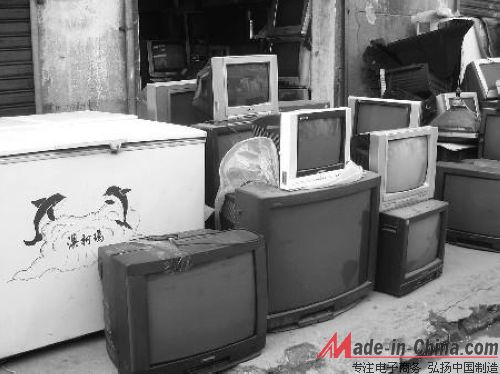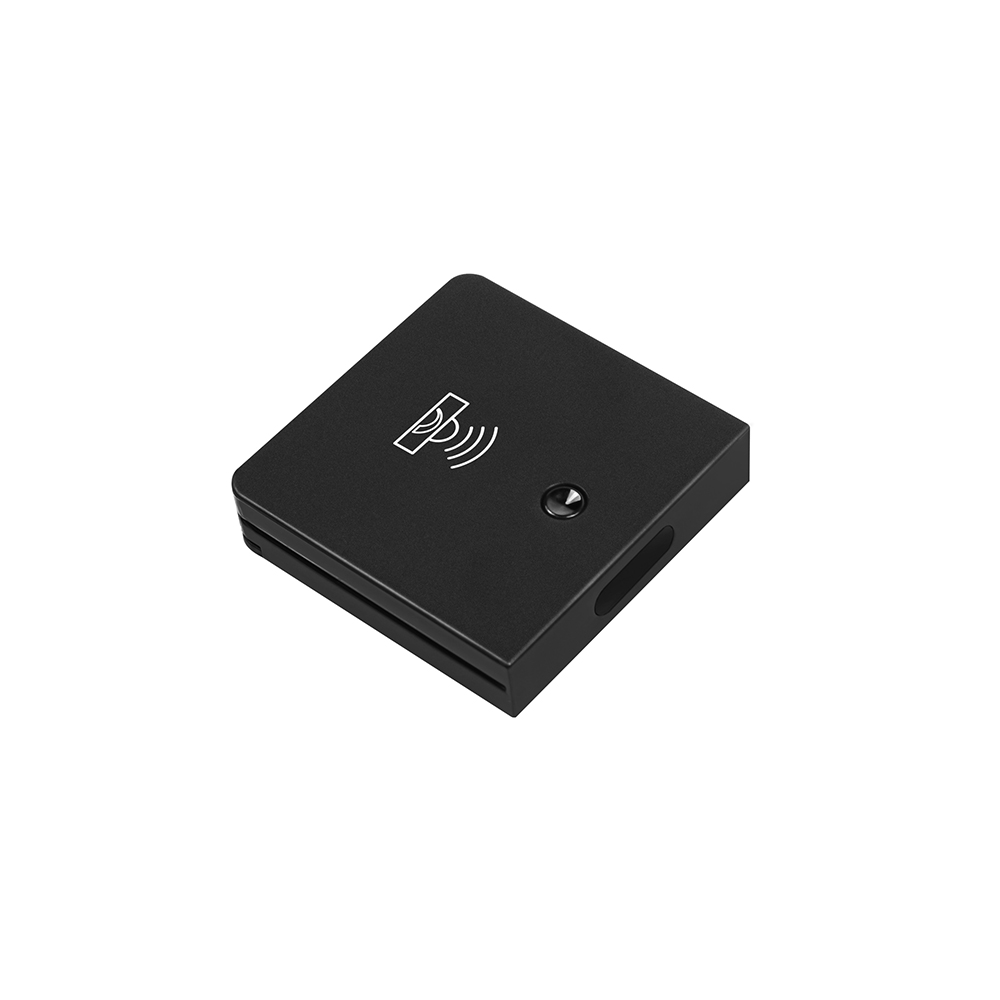 The home appliance replacement policy that began on June 1, 2009 expired on December 31 last year. Without the trade-in policy, where are the old household appliances in the home?
The home appliance replacement policy that began on June 1, 2009 expired on December 31 last year. Without the trade-in policy, where are the old household appliances in the home? Most consumers said that before the old trade policy was replaced, the old electric appliances in their homes were sold to the recovered small vendors or the nearby flea market. Now that the policy is over, the old home appliances that have not taken the last train still go. old road. In fact, many consumers have indicated that they still hope to “digest†waste home appliances in their homes through government-led methods.
So, how are these old appliances sold to small vendors dealt with?
At present, there are three main ways that street vendors deal with old household appliances:
First, the use of waste - the removal of useful internal parts of waste appliances such as old air conditioners, old refrigerators and other appliances are just refrigerants, and many other parts (such as copper, etc.) can be removed and sold second. Newer as second-hand appliances sold to the old-fashioned goods market Nowadays, the use of household appliances by urban residents is very fast. Some home appliances are not unusual in their use, but because consumers want to try out new products and choose to eliminate them. Products and small vendors are choosing to sell more than 60% of their home appliances to the flea market. In recent years, the popularity of the secondary market has also been adversely affected by the trade-in policy. For consumers who do not have old home appliances and want to enjoy subsidies, they will go to the second-hand market to “wash out†some used home appliances under the “guidance†of the business.
Thirdly, re-assembly is once again sold to remote rural areas. For some underdeveloped rural areas, the demand for such second-hand household appliances still exists. Small vendors will repair the old appliances they receive and sell them. area.
Those waste appliances that cannot be "recycled" directly are thrown at nearby garbage disposal stations.
Whether it is second-hand household appliances in the flea market or re-assembled old home appliances, there is no guarantee in product use safety and after-sales service. Even if most home appliances have exceeded their service life, continued use will not only present potential safety hazards, but also energy consumption. It is also not up to the standard within the service life.
According to the data, there are about 2.3 million tons of electronic waste in China each year, and the amount of visible waste is huge. In the country of Japan, even when it comes to home appliance recycling, even one electronic component can't be missed.
The problem of the retention of old household appliances, after losing the trade-in policy, calls for a more effective recycling route.
Wireless Ir Dimmer Sensor also can be called wireless remote controlling infrared Led Ir Sensor . The wireless smart driver connect the control box directy, then we can use Wireless Ir Dimmer to control the light. Their communication is by 2.4G.
Description of Wireless IR Dimmer
Replaceable battery operate
IR within 3years standby
PIR/Touch with 10years standby
More than 10000 times operate
Wireless switch
Easy for installation
Touch dimmer, PIR senor, IR on/off sensor, Ir Dimmer Sensor, Ir Door Sensor available.
Controlling the LED light smartly and wirelessly.

Wireless IR Dimmer Sensor
Wireless Ir Dimmer Sensor,Ir Dimmer Sensor,Led Ir Sensor,Wireless Ir Dimmer
Shenzhen Jedver Smart Lighting Co., Ltd. , https://www.jederwell.com